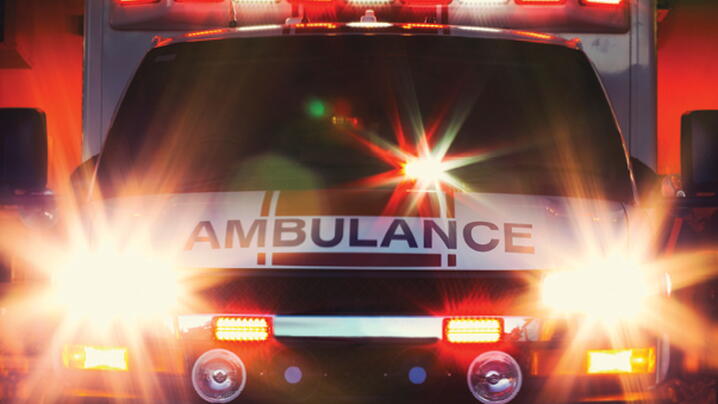
Emergency Medical Services (EMS) have adjusted to respond responsibly to the pandemic and within the parameters of limited resources. Tom Wieczorek, of the Center for Public Safety Management; Chip Decker, president of Richmond, Virginia’s Ambulance Authority; and Veer Vithalani and Matt Zavadsky of FAEMS MedStar Mobile Healthcare, gathered for a webinar on Wednesday, April 15, to share and compare their approaches to safely and expeditiously dispatch regional EMS as the frontline responders to the COVID-19 crisis. The COVID-19 crisis has impacted EMS, resulting in reduced revenue, greater costs, limited personal protective equipment, and limited labor. Here are some of the takeaways.
Protecting EMTs
- EMTs are primarily worried about catching the virus, spreading the virus to their families, and missing out on paychecks. Responding to these three concerns will help decrease the stress most EMTs are facing. For example, Hilton International has provided an alternative stay for first responders, providing free rooms to frontline health personnel.
- Monitor EMTs, who believe they have been exposed to the virus, for 14 days. Most exposures were happening at home rather than on the job. Here's a CDC guide for risk assessment of healthcare personnel.
- Masks should be recommended to be worn at all times at work. Too many employees had been forced to isolate due to exposure when PPE was not used. If there is a shortage of gowns, they should be prioritized for aerosol-generating procedures and activities where sprays are anticipated.
- Send one EMT into the home or ask for the patient to be brought to the front door. Responding ambulance units and the first responder should coordinate which individual will go inside to reduce possible exposure and preserve PPE.
Communication
- Host regular conference calls. For example, the greater Richmond area and EMS personnel meet six times a week and participate in a CPSM call to answer questions, share information, respond to concerns, control false rumors, and maintain a connection. These meetings should include coordinating with state and local public health, PSAPS, and other emergency call centers.
- EMS tracker: The IAFC has an up-to-date tracker of fire and EMS COVID-19 exposure impact cases.
- Disseminating facts: The city of Trenton, Nevada, shared these two pamphlets with their public on how to respond if they are feeling symptoms and to mitigate spreading it further.
- For those that opt out: A pamphlet can be left behind with the family if they opt out of transport.
Transforming the EMS Workplace
- All possible staff should have the opportunity to work from home. New coding and billing during COVID-19 can be found on the American College of Physicians’ website. The CDC also provides an advice-line script.
- Health screen on-site: One EMS created only one door for entry and exit and set up a health screen just inside to ensure workers are healthy and are not infectious. This included hand sanitizer, five health screen questions, a remote temperature check, and a color-coded wristband for those that pass the screening, in addition to a mask and gloves.
Change in Clinical Protocols
- Third riders: Do not allow family members to ride with the patient or come into the hospital, and decontaminate the ambulance after every home visit. This will increase time at each destination and thus reduce the patient capacity of every ambulance.
- Elective ambulatory provider visits: should be reduced or suspended to preserve PPE, staff, and patient care supplies. The CDC created a calculator to predict PPE burn rate to optimize use.
- Aerosol-generating procedures: should be reduced if possible, due to possibly increasing COVID-19 rate of spread. This means bag valve mask, using inhalers instead of nebulizers when possible, and a few positive airway pressure procedures.
More details and resources can be found on the CDC’s website for EMS guidance and ambulatory care.
Listen to the teleconference and download the presentation slides from the webinar by visiting our Local Gov Life Episode 07 page.
New, Reduced Membership Dues
A new, reduced dues rate is available for CAOs/ACAOs, along with additional discounts for those in smaller communities, has been implemented. Learn more and be sure to join or renew today!
